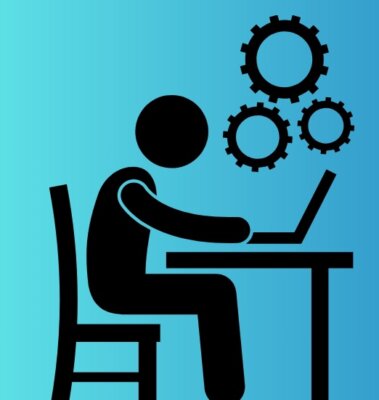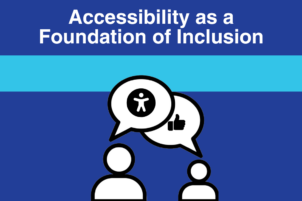 At Disability Belongs™, we fight stigmas and advance opportunities so people with disabilities can fully participate in all aspects of community life, including the workforce. Yet, disabled people still face significant barriers in finding and retaining meaningful employment. In 2024, 37% of working-age disabled people were employed, compared to 75% of working-age people without disabilities. This disparity is largely due to accessibility challenges, harmful misconceptions, and the pervasive stigma surrounding disability.
At Disability Belongs™, we fight stigmas and advance opportunities so people with disabilities can fully participate in all aspects of community life, including the workforce. Yet, disabled people still face significant barriers in finding and retaining meaningful employment. In 2024, 37% of working-age disabled people were employed, compared to 75% of working-age people without disabilities. This disparity is largely due to accessibility challenges, harmful misconceptions, and the pervasive stigma surrounding disability.
The challenge for people with disabilities isn’t their ability to succeed in a career, as they are just as capable as their nondisabled peers. The issue is that disabled individuals encounter more obstacles to employment.
What is a disability?
The Americans with Disabilities Act (ADA) defines a person with a disability as a person who has a physical or mental impairment that substantially limits one or more major life activity. However, disability encompasses much more than is often recognized.
According to the CDC, more than 1 in 4 adults (28.7%) in the United States have at least one type of disability, which equates to 61 million people. It is also important to note that 70% of disabilities are non-apparent, like autism, neurodivergence, or mental health diagnoses. Disabilities can be temporary or permanent. People may be born with a disability or acquire one later in life. Many people even have multiple disabilities. Disability affects people of all ages, races, and socioeconomic backgrounds. There is incredible diversity within the disability community.
Disabilities include blindness or low vision, cerebral palsy, deafness, autism, epilepsy, Down syndrome, and mobility impairments. But the definition of disability also encompasses conditions such as cancer (past or present), celiac disease, diabetes, substance use disorders, and mental health conditions.
Disability in the Workplace
By understanding what a disability is—both from an employee and employer perspective—we can demystify common myths and misconceptions. Some people think that having a disability implies an inability to contribute real value to an organization, leading to a hostile and unfair work environment. But recent reports and studies indicate that disabled workers frequently outperform their nondisabled peers in various workplace environments. Additionally, organizations that embrace diversity tend to be more innovative and competitive than those that do not.
The more society and employers understand disability, the more opportunities there will be for disabled workers to thrive. Unpacking unnecessary and harmful biases can help employers unlock a talent pool with qualified and expectational disabled job seekers.






